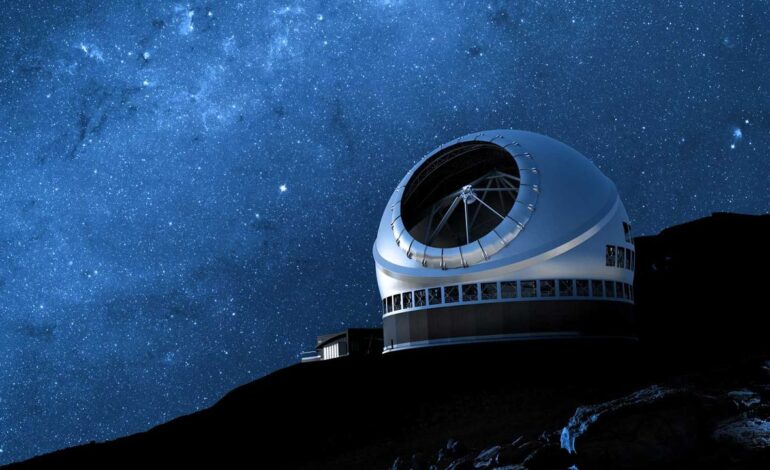Spain Commits €400 Million to Rescue Thirty Meter Telescope Project

The Spanish government has announced a significant investment of up to €400 million (approximately $471 million) to support the Thirty Meter Telescope (TMT), an ambitious astronomical project that is at risk due to funding challenges in the United States. This announcement was made on July 23, 2023, by Diana Morant, Spain’s Minister of Science, Innovation and Universities.
Morant emphasized Spain’s aspiration to become a leader in astronomy and astrophysics, stating, “Spain wants and can be the home of the future of astronomy and astrophysics. We have the capacity and the political will to do so.” The TMT was originally planned to be constructed on Mauna Kea, a mountain in Hawaii known for its exceptional observational conditions.
The TMT has faced numerous hurdles throughout its development, with the most recent challenge arising from the Trump administration’s proposed budget for the fiscal year 2026. This proposal suggests eliminating funding from the National Science Foundation (NSF), which is responsible for financing the TMT’s design and development. As a result, the Spanish government has offered substantial funding in hopes of relocating the telescope to La Palma in the Canary Islands, where construction could proceed.
Morant highlighted the potential benefits of completing the TMT, including the telescope’s construction, ongoing scientific operations, and the creation of skilled jobs, which would provide an economic boost to La Palma. She stated, “If completed, it will involve not only the construction of the telescope, but also decades of scientific operations.”
The TMT is not alone in facing uncertainty. The NSF’s budget request indicates that while the Giant Magellan Telescope (GMT), another major project, can move into its final design phase, the TMT cannot. This distinction raises concerns about the overall viability of large astronomical projects in the United States. The NSF has indicated that its support for the GMT does not guarantee future funding or construction approval.
The proposed NSF budget cuts extend beyond telescope projects, potentially impacting several other significant scientific initiatives. For instance, the budget could lead to the closure of one of the two LIGO facilities, which study gravitational waves, and halt operations for the Daniel K. Inouye Solar Telescope (DKIST), the world’s most powerful solar telescope. Such reductions would significantly shrink the number of personnel involved in NSF science, from over 330,000 to around 90,000.
In contrast to these proposed cuts, Morant has positioned Spain as a supportive environment for scientific advancement. “While some countries are cutting back on investments in science and even denying it, Spain is a haven for science,” she remarked.
Additionally, relocating the TMT may alleviate tensions with local communities near Mauna Kea, where the mountain holds significant cultural and spiritual value for many native Hawaiians. The presence of multiple telescopes has long been a source of controversy, with protests against the TMT’s construction occurring as early as 2014.
Morant expressed a commitment to ensuring the TMT’s future, stating, “Faced with the risk of paralyzing this major international scientific project, the Spanish government has decided to act with a redoubled commitment to science and major scientific infrastructures for the benefit of global knowledge.”
As the situation unfolds, the global scientific community will be watching closely to see if Spain’s investment will enable the TMT to overcome its challenges and continue its mission to unlock the mysteries of the universe.






